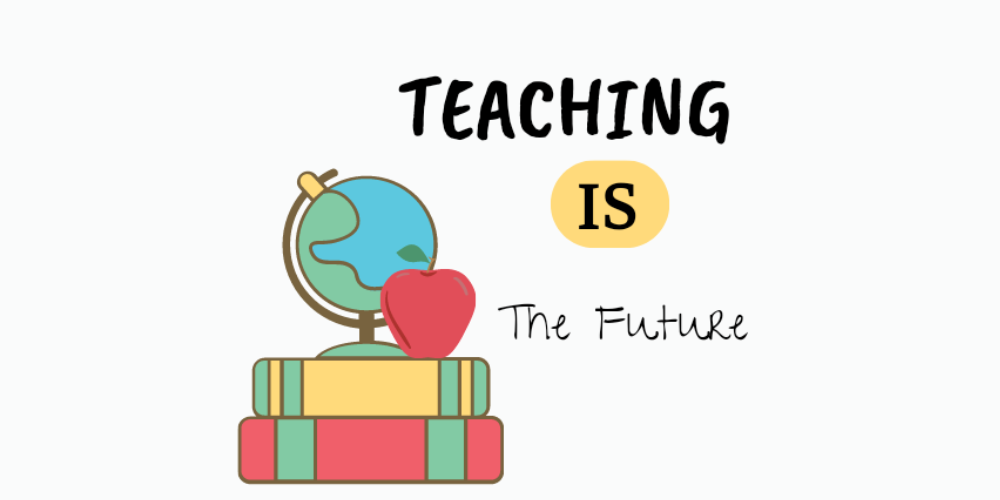Beyond the Bulletin Boards – What "Back to School" Really Means for Teachers
Beyond the Bulletin Boards – What "Back to School" Really Means for Teachers
Ah, that distinctive fragrance of freshly unwrapped crayons and crisp notebooks... For students, it's the unmistakable signal of "back to school." But for teachers? It's an entirely different universe, a cosmos of considerations far beyond just aesthetically pleasing classroom setups. It's an immersive experience in meticulous preparation, establishing profound connections, and cultivating an environment primed for a year dedicated to nurturing young intellects.
We'll delve into the very essence of this recurring ritual, tracing its evolution from the quaint simplicity of one-room schoolhouses to the sophisticated landscape of AI-integrated classrooms. We'll venture behind the scenes, exploring the unique joys, formidable challenges, and ongoing debates that mold the realities of educators today.

The "Back to School" Playbook: A Teacher's To-Do List
- The orchestration begins with meticulously preparing the learning environment. Each desk must be perfectly aligned, engaging learning centers strategically positioned, and emergency protocols visibly displayed.
- Then comes the delicate dance of establishing expectations. Crafting crystal-clear classroom rules, implementing predictable routines, and defining procedures, ideally with student input, lay the groundwork for a functional ecosystem.
- But rules without rapport are hollow. A teacher's ability to connect with each student, greet them with genuine warmth, and understand their individual circumstances is paramount. Welcome notes, icebreaker activities, and proactive engagement with families form the foundation of genuine relationships.
- Of course, there's the ever-present paper trail. Welcome letters, emergency contact forms, countless photocopies, and having a repertoire of "just in case" activities are all part of the unseen labor.
- Communication is key. Maintaining accessible channels – be it through class websites, email newsletters, or dedicated communication apps – ensures that parents remain connected to their child's educational experience.
- Beyond these tangible tasks lie the unspoken, but equally critical, elements of flexibility, empathy, and self-care. Acknowledging that plans will inevitably deviate, prioritizing relationship-building, and carving out moments for personal well-being are essential for navigating the inevitable storms.
- Finally, there's the imperative of continued learning. Attendance at staff meetings, engagement in professional development opportunities, and collaborative partnerships with fellow educators create a community of continuous growth.
From Apprentices to Professionals: A Whirlwind Tour Through Teacher History
In the nascent days of education, spanning the 18th and early 19th centuries, teachers often held the position as a temporary occupation, often concurrently occupied with farming. Formal training was nearly non-existent, with only rudimentary examinations for qualification. "Back to school" was simply the resumption of work.
The mid-19th century witnessed the rise of the "Common School" movement and the establishment of "Normal Schools," marking a pivotal moment in the evolution of teaching. The Normal Schools, established in 1839, were dedicated to formal teacher education. Teaching began its transformation into a true profession.
The 20th century saw the continued evolution of teaching: Normal schools transitioned into university departments. The traditional model of the teacher as a "sage on the stage" gradually gave way to a student-centered approach. Technology slowly crept into the classroom, eventually becoming a ubiquitous presence. Classrooms became increasingly diverse. Teachers started developing their own "back to school" rituals.
The Modern Teacher's Reality Check: What's REALLY Going On?
- Teachers are reporting higher levels of stress and burnout. The "teacher exodus" is a real phenomenon.
- Compounding the issue, many teachers are reporting a rise in student anxiety, depression, and other mental health concerns, exacerbated by the lingering effects of the pandemic. Many teachers feel ill-equipped to address these complex issues.
- Behavioral issues, including disrespect, a lack of accountability, and even aggression, are on the rise.
- Students who experienced remote learning often missed essential social and academic milestones. Teachers are tasked with addressing these gaps.
- Many teachers are spending their own money on classroom supplies due to insufficient funding.
- The integration of technology, while beneficial, presents its own set of challenges, including limited resources and technical difficulties.
- Many teachers feel undervalued and experience a lack of respect for their professional expertise.
Stormy Weather: Controversies Brewing in Education
- The expectations placed on teachers are expanding. Many teachers are expected to act as instructors, counselors, and caregivers, often without appropriate support or compensation.
- The issues surrounding the use of students' preferred names and pronouns, often without parental consent, has sparked debates.
- The debate over who should be responsible for funding classroom supplies continues to be contentious.
- Federal versus state control over educational policy remains a persistent conflict.
- Heated debates surrounding curriculum content, particularly concerning sensitive topics, contribute to an already tense environment.
- The debates about in-person versus online learning models highlight the challenges of adapting to evolving circumstances.
Crystal Ball Gaze: The Future of Back-to-School
- Artificial intelligence will be increasingly integrated into various aspects of teaching.
- Professional development will be revitalized, offering hands-on training, mentorship programs, and relevant content.
- Schools will prioritize teacher well-being through mental health support, workload management, and the creation of supportive environments.
- Personalized learning approaches will become more prevalent, facilitated by technology and data analytics.
- There will be an increased emphasis on developing "soft skills" such as collaboration and critical thinking.
- The physical classroom environment will evolve, featuring flexible seating arrangements and mindfulness practices.
- Despite progress in various areas, the financial burden on teachers and issues related to retention and compensation will remain significant challenges.
Conclusion: A New Chapter, Every Year
From its humble origins to its current state as a complex and emotionally demanding profession, "back to school" for teachers is a journey characterized by constant change.
Amidst these changes, the essence of teaching remains unchanged. Building relationships and fostering a safe, productive learning environment are at the core of the profession.
As teachers embark on another school year, they are poised to confront the challenges and embrace the innovations that will shape the future of education. Their dedication deserves our unwavering support.




